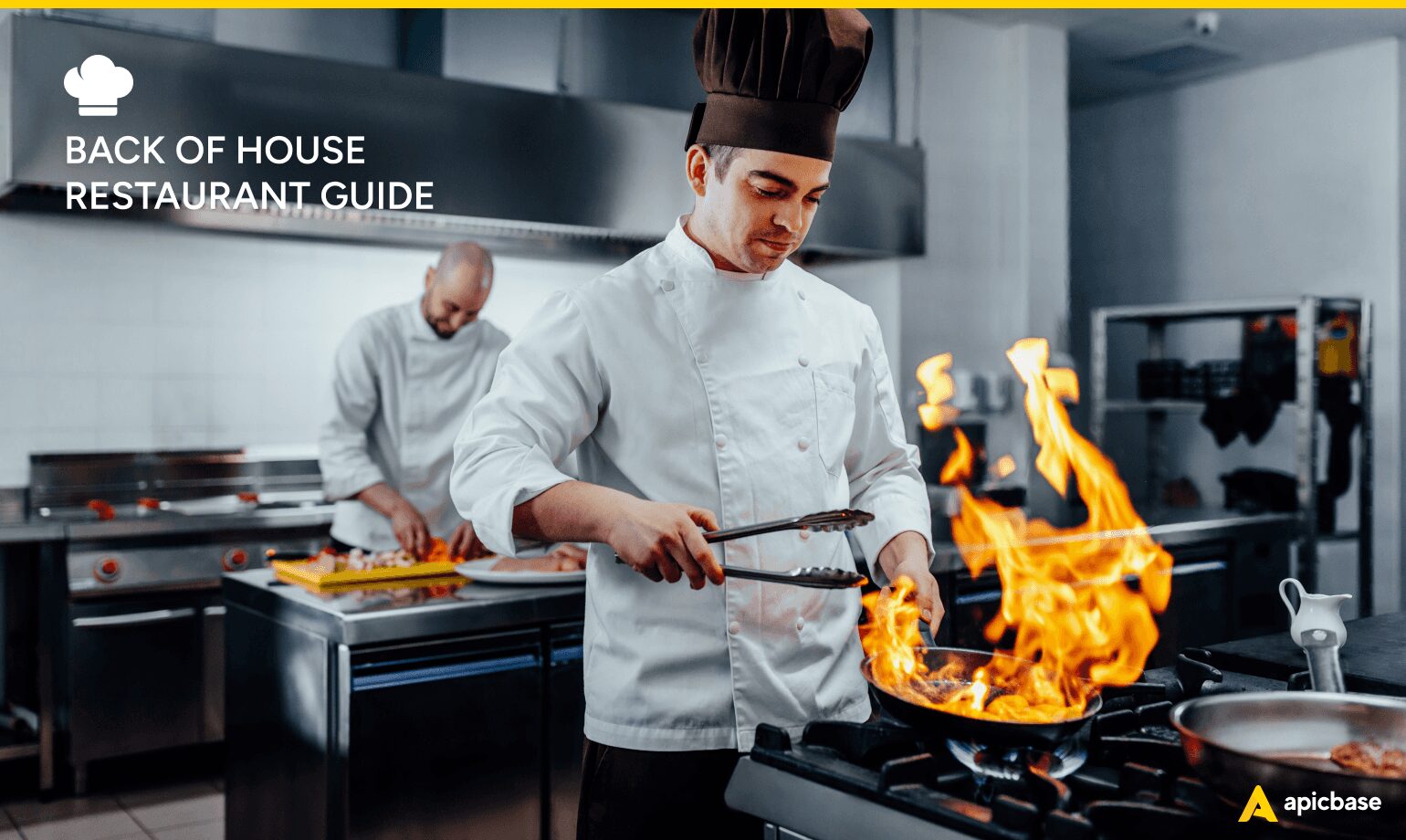Restaurant back-of-house operations form the backbone of a restaurant’s success.
The back-of-house (or BOH) manages crucial elements that impact cost control and profitability. These include food production and inventory management. Additionally, the BOH handles food safety and restaurant administration.
The back of the house supports the front of the house (FOH), enabling the customer-facing team to focus on serving a memorable experience. For a restaurant to function successfully, the two departments should work together harmoniously. That means the roles and responsibilities of each department must be well-defined and understood by all involved.
In this article, we explore the key differences between the front and back of the house in a restaurant and discuss the best ways to integrate FOH and BOH operations.
What Is Back of House in a Restaurant?
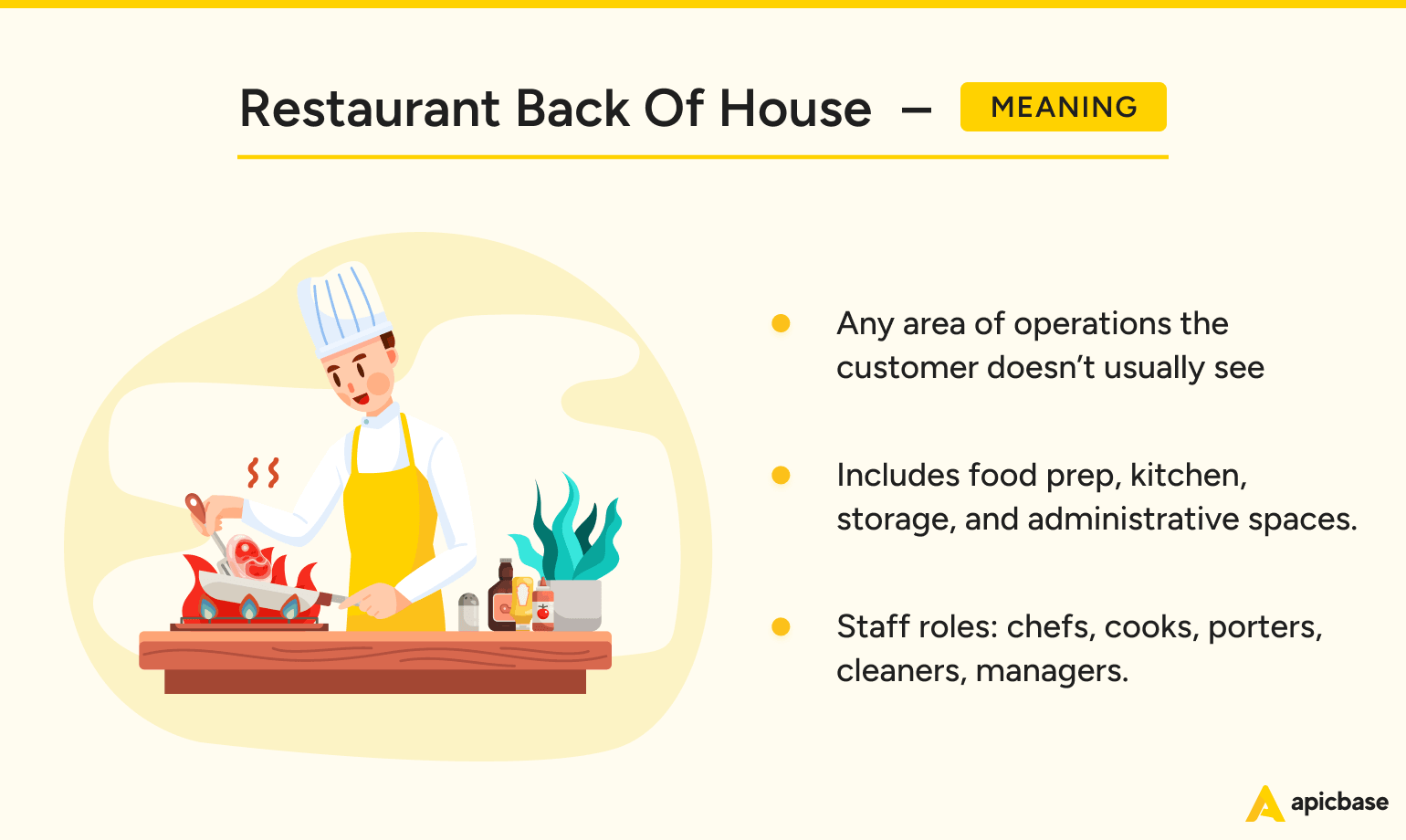
A restaurant’s back of house includes any area of operations the customer doesn’t usually see. This includes the food prep and kitchen areas, food storage rooms, walk-in fridges, pot wash stations, staff break rooms, and offices.
BOH roles include all kitchen staff—from executive head chefs to line cooks, kitchen porters, and cleaners—and any administrative staff and managers.
The department is responsible for purchasing and managing inventory, food preparation, cooking and plating, menu planning and pricing, food safety, and hygiene.
Back of House vs Front of House: Key Differences at a Glance
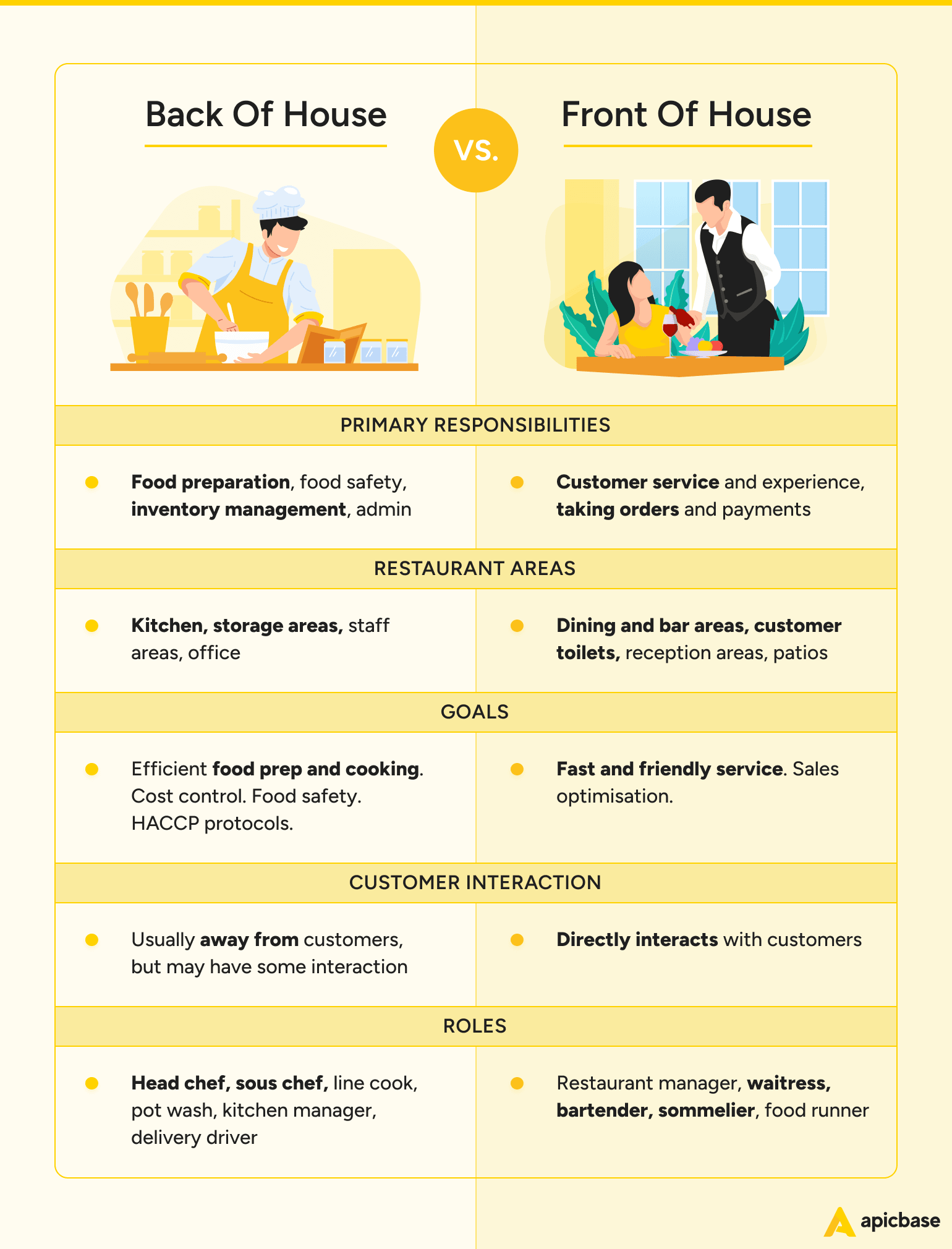
The roles of BOH and FOH staff are intertwined yet distinct. Here’s a snapshot of their critical differences for an easy comparison:
| BOH | FOH | |
| Primary Responsibilities | Food preparation, food safety, inventory management, admin | Customer service and experience, taking orders and payments |
| Restaurant Areas | Kitchen, storage areas, staff areas, office | Dining and bar areas, customer toilets, reception areas, patios |
| Goals | Efficient food prep and cooking. Cost control. Food safety. HACCP protocols. | Fast and friendly service. Sales optimisation. |
| Customer Interaction | Usually away from customers, but may have some interaction | Directly interacts with customers |
| Roles | Head chef, sous chef, line cook, pot wash, kitchen manager, delivery driver | Restaurant manager, waitress, bartender, sommelier, food runner |
Back of House Restaurant Operations
The back of house is responsible for purchasing and storing ingredients, preparing food, and cooking and plating menu items. The BOH also covers administrative tasks like employee scheduling and payroll.
As the producer of the primary product of the restaurant, the food, the success of BOH operations underpins the success of the entire business.
Let’s take a more detailed look at precisely what BOH operations entail.
BOH locations
- Kitchen
- Cooking stations – stoves, ovens, and fryers for cooking food
- Prep areas – large workbenches for ingredient preparation
- Pot washing area – sinks and dishwashers where plates, cutlery, and pans are washed
- Storage
- Cold storage – refrigerators and freezers for storing perishable food items at controlled temperatures
- Dry storage – ambient storage areas for non-perishable food items like tinned food, flour, salt, and sugar
- Offices/Staff areas
- The BOH may include staff rest areas, changing rooms, toilets, and offices for managers and administrative staff
Key BOH roles
- Executive chef: This is the top-ranking position in the kitchen. The executive chef manages the kitchen team and oversees menu creation and food production.
- Head chef: The head chef is responsible for the day-to-day running of the kitchen and managing the team. The head chef is the highest position in smaller kitchens without an executive chef.
- Sous chef: This person is second in command and responsible for kitchen operations and management in the absence of the head chef.
- Line cook: prepares and cooks food at each kitchen station under the direction of the higher-ranking chefs.
- Pot washers: are responsible for cleaning pots, pans, dishes, and cutlery, keeping the kitchen clean, and disposing of waste.
- Kitchen manager: This person manages BOH operations in a non-cooking role. They are responsible for staff scheduling, purchasing, and other administrative tasks.
- Expediter (or Pass Coordinator): They coordinate with the FOH team at the pass where the food is served. This person organises tickets and checks orders are going out correctly.
BOH roles vary depending on the restaurant’s service model— whether it’s a full-service restaurant, casual dining restaurant, fast casual eatery, or QSR. Roles also depend on the level of standardisation of menus and recipes, cooking and inventory procedures, and service standards.
Generally speaking, the more standardisation, the fewer specialised positions are required and the simpler the hierarchy.
BOH terminology
Kitchen terms
- Mise en place – this is a French term meaning ‘everything in its place’. Mise en place is the process of preparing and organising your ingredients, garnishes, pans, spoons, and anything else you need before service begins.
- Pass – the service counter where food is plated or boxed, ready to be served or sent out for delivery.
- Stations – stations are the specified areas of the kitchen where each line cook prepares and cooks the different parts of each dish. For example, grill station, sauce station, cold starter station and pastry station.
- Behind – for safety to let someone know where you are
- All day – the total number of current orders for a menu item. For example, “You have three chicken all day.”
- 86’d – when an item on the menu has run out, it is 86’d. Its origins are unclear. One theory is that the term is a rhyming slang for the word ‘nix’, which means to cancel something.
- In the weeds – when a cook or the entire kitchen is overwhelmed by the volume of orders
- Yes, chef – when a new ticket is called out, this lets the chef know that the cook has heard the order.
- Rush order – an order to be prioritised and made as soon as possible
Operational terms
- Food cost percentage – the cost of ingredients for each dish (cost of goods sold) as a percentage of sales revenue. This is a critical financial metric used in the culinary industry to assess profitability.
- Labour cost percentage – the total cost of labour, including wages, benefits and holiday pay, as a percentage of sales revenue. This is used to assess how labour costs affect the restaurant’s financial health.
- Turnover rate – the rate at which staff leave the business and are replaced within a given period.
- Inventory turnover – is a metric used to determine how rapidly your inventory sells. This restaurant inventory metric tells you how many times you’ve sold and replaced your entire food stock in a given timeframe.
- Ticket time is the time it takes to deliver an order to a customer from when it was placed. It measures the efficiency of service and kitchen operations.
Food safety terms
- HACCP (Hazard Analysis Critical Control Points) – a food safety management system that assesses risks and produces a plan to control food production’s biological, chemical, and physical hazards.
- Cross-contamination – the transfer of harmful bacteria or other substances from one ingredient, piece of equipment, or team member to another through direct or indirect contact. Measures are put in place to reduce the risk of cross-contamination in kitchens.
- FIFO (First In, First Out) is a stock rotation principle that ensures the oldest ingredients are used first, avoiding spoilage and reducing food waste.
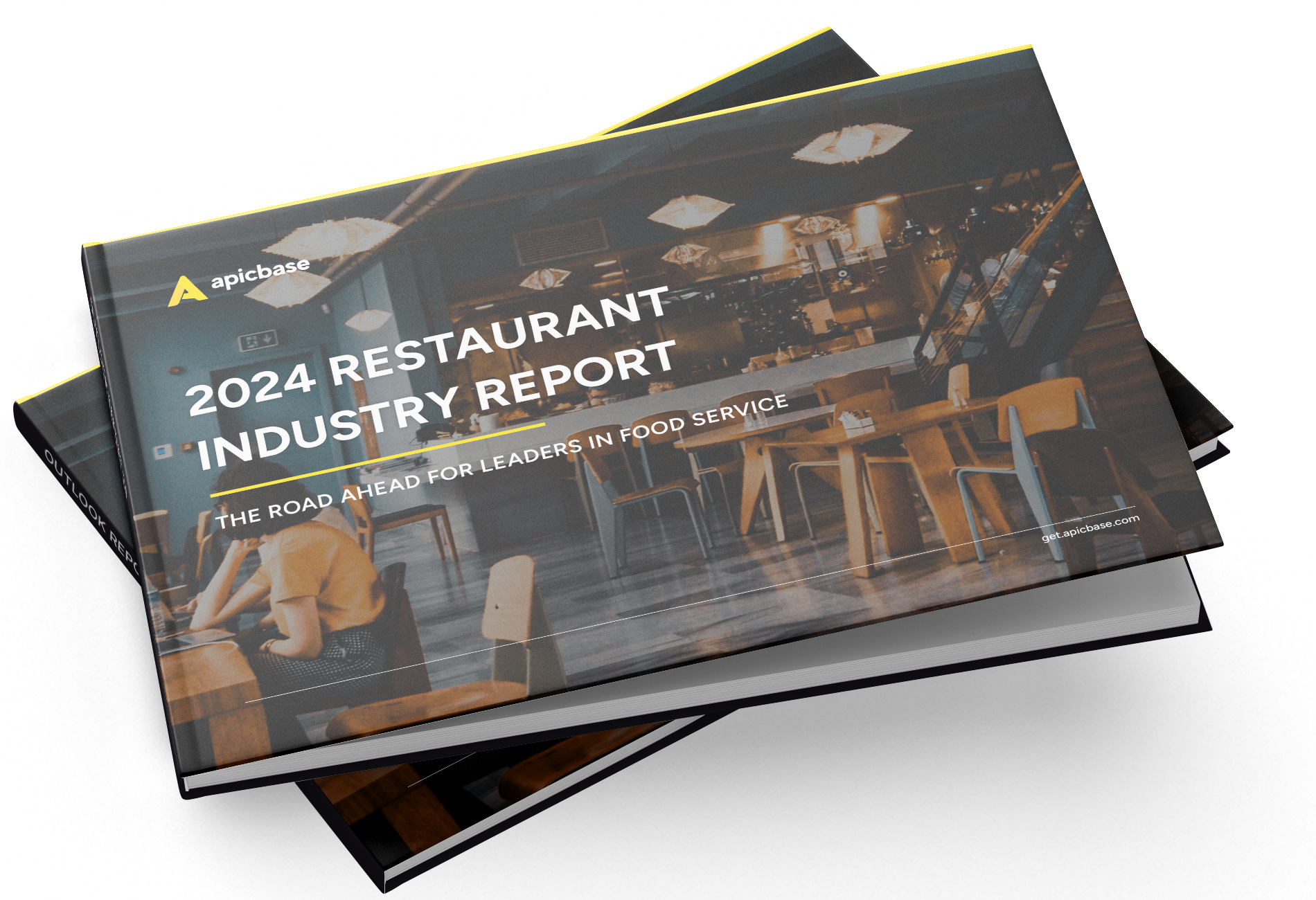
2024 Restaurant Industry Report
Read how successful restaurant leaders are tackling challenges in the foodservice industry.
Front of House Restaurant Operations
The FOH is the customer-facing side of the restaurant, where guests experience the restaurant’s ambience and service. This area includes the dining room, bar, host stand, outdoor dining areas, and toilets.
It’s where the FOH team, including servers, hosts, and bartenders, interact directly with guests.
FOH locations
- Dining room – usually the main restaurant space with tables and chairs for diners to eat at
- Bar area – an area or separate room with a bar where drinks are served and seating either at the bar or at tables
- Customer toilets – washrooms and toilets for customer use
- Reception area – a space at the front where guests are greeted
- Terrace or patio – outdoor dining areas
Key FOH roles
- Server—also known as a waiter or waitress—is responsible for greeting customers, taking orders, serving food and drinks, and clearing tables.
- Bartender – pours drinks and prepares cocktails for customers directly at the bar or through servers for customers sitting at tables.
- Hostess – responsible for greeting guests as they enter the restaurant, managing reservations and waitlists, and showing customers to their tables.
- Maître d’hôtel – a front-of-house manager who ensures quality and service standards are met in the dining room and attends to special requests and VIP reservations.
FOH terminology
- Deuce/two-top – table of two diners
- Comp – short for compensation, which means giving an item free of charge or taking it off the bill. Usually, for a VIP or if there has been a mistake or complaint.
- Covers – one cover is one customer. This is usually used to refer to the total number of customers served. For example, “We did over 100 covers tonight”.
- Run – It is to take something to a table.
- Away—When starters have been cleared, waiters say, “Table 10 away,” to let the kitchen know they can serve the mains.
- Walk-ins – customers who arrive and ask for a table without a reservation
- Busser – responsible for clearing and resetting tables and running food and drinks to customers.
- Table turnover – Table turnover in a restaurant refers to the process and rate at which tables are occupied, served, and made available for new customers over a specific period.
- Upselling – offering customers more expensive options, sides, and drinks to increase the overall spend of the table.
- Open table – a table available to walk-in customers without reservations.
Connecting the Restaurant Back of House and Front of House
Let’s look at the technology used in FOH and BOH operations and how the two work better through software integrations.
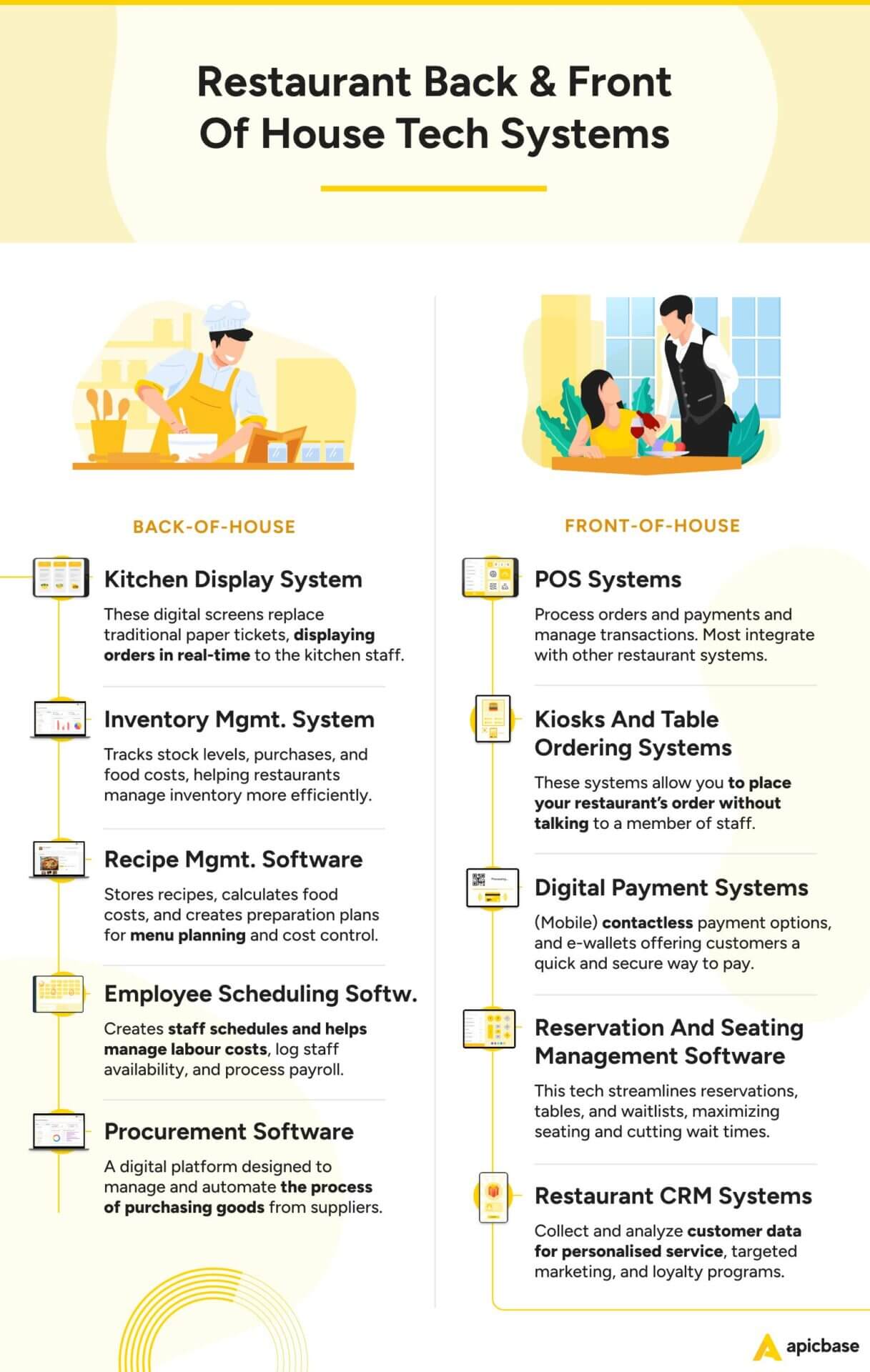
Back of House Technology
- Kitchen Display System (KDS): These digital screens replace traditional paper tickets, displaying orders in real-time to the kitchen staff.
- Inventory Management System – inventory management software tracks stock levels, purchases, and food costs, helping restaurants minimise waste and manage inventory more efficiently.
- Recipe Management Software – Recipe management software is a technology that stores recipes, calculates food costs, and creates food preparation plans, helping with menu planning and cost control.
- Employee Scheduling Software creates staff schedules and helps manage labour costs, log staff availability, and process payroll.
- Procurement software – procurement software in a restaurant is a digital platform designed to manage and automate the process of purchasing goods from suppliers.
Front of House Technology
- POS (Point of Sale) Systems are software and hardware that process orders and payments and manage transactions. Modern POS systems offer touch screens for easy input. Most integrate with other restaurant systems and provide real-time sales reports.
- Kiosks and Table Ordering Systems – Kiosks allow customers to browse the menu and place orders in the restaurant without talking to a member of staff. Table ordering systems allow customers to order at the table via a tablet or their own smartphones.
- Digital Payment Systems – contactless payment options, mobile payment apps, and e-wallets have become increasingly popular, offering customers a quick and secure way to pay.
- Reservation and Seating Management Software – this technology helps manage reservations, table assignments, and waitlists, making the most of the seating capacity and reducing wait times for guests.
- Customer Relationship Management (CRM) – these systems collect and analyse customer data, allowing restaurants to personalise service, target marketing campaigns, and build loyalty programs.
Manage your sites, recipes, inventories, analytics and suppliers all in one place – Apicbase is a complete F&B management platform for multi-site restaurants and large-scale catering.
How technology connects FOH and BOH operations
The way the front and back of the house work together is crucial for efficient operations and a quality customer experience.
Information is constantly passed between the two departments when taking orders, preparing food, and serving customers.
Efficient and accurate communication reduces wait times, decreases errors, and ensures customers receive their meals precisely as expected.
In modern restaurants, integrations between different systems have connected the FOH and BOH like never before. Software integrations allow various systems to share data, creating one technology hub for managing operations.
Integration between the ordering system and a KDS in the kitchen, for example, allows orders to flow seamlessly from the FOH to the BOH without the risk of human error. This also eliminates manual work for the FOH team and speeds up service.
A POS integration with an inventory management system allows real-time sales data to be used in food cost calculations. Inventory management can also share its data with the POS to keep the FOH team updated on stock levels.
With the right connections between front- and back-of-house technology, restaurants can make operations more efficient, with fewer errors and faster service.
Apicbase Elevates Back of House Restaurant Operations
Efficient back-of-house operations are vital for the success of any restaurant. The BOH is responsible for creating the product to be sold and supporting the FOH team to provide the best customer experience possible.
Each department has its unique roles and responsibilities. Accurate communication between the front and back of the house is the key to error-free, efficient operations.
Modern restaurant technology connects the software systems of the front and back of the house to enable automation, speed up service, and reduce mistakes.
Apicbase is designed to automate and improve BOH operations as much as possible. Its comprehensive inventory management system integrates with POS systems and other restaurant software so real-time data can be shared throughout the restaurant.
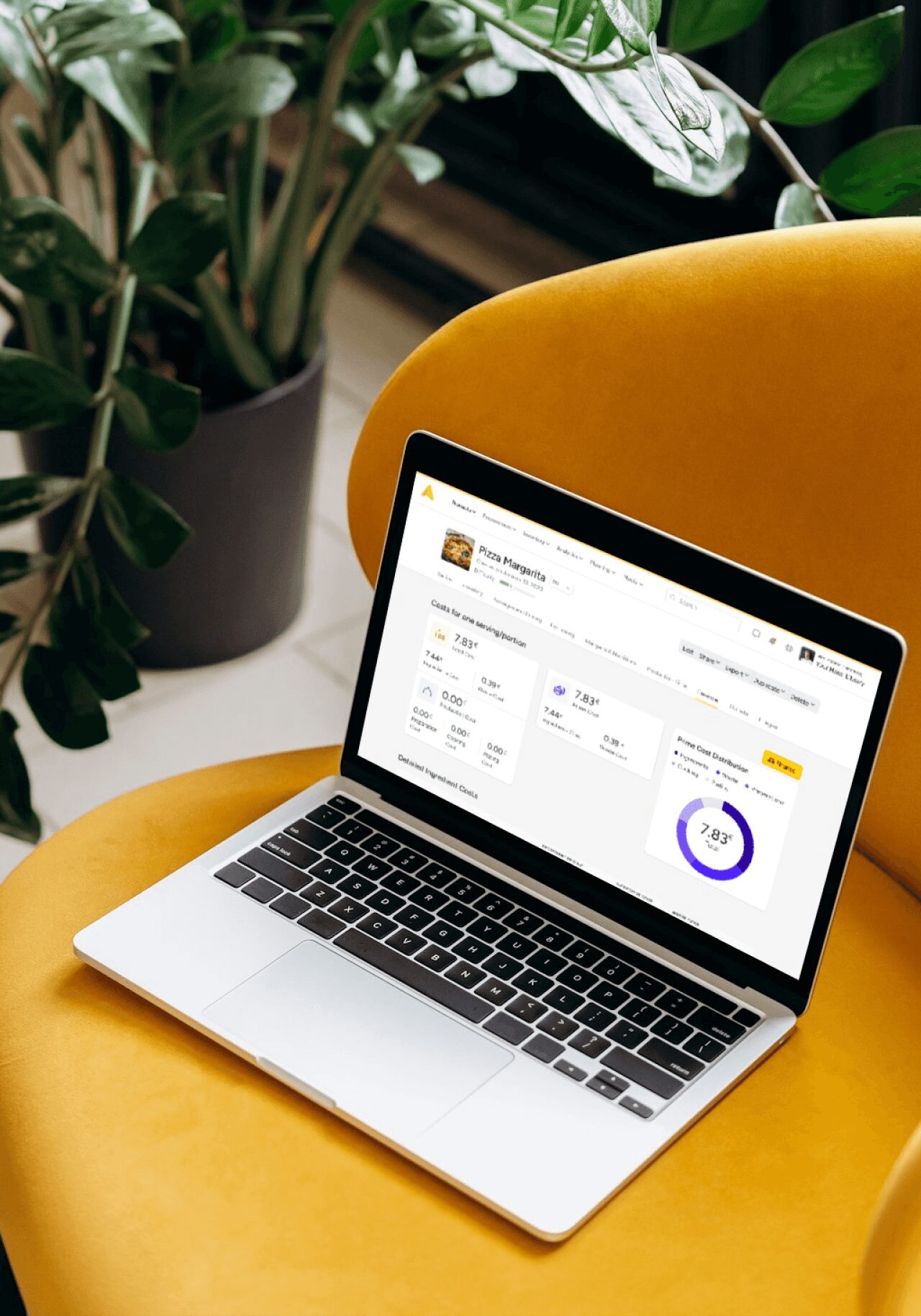
Maximize Efficiency Today with Apicbase’s Restaurant Software!
It enables the automation of previously time-consuming tasks, like calculating food costs and purchasing ingredients, leading to lower staff costs, fewer mistakes, and greater efficiency.
Apicbase ensures that every restaurant in the chain has the right stock and that every recipe meets its target margin.

